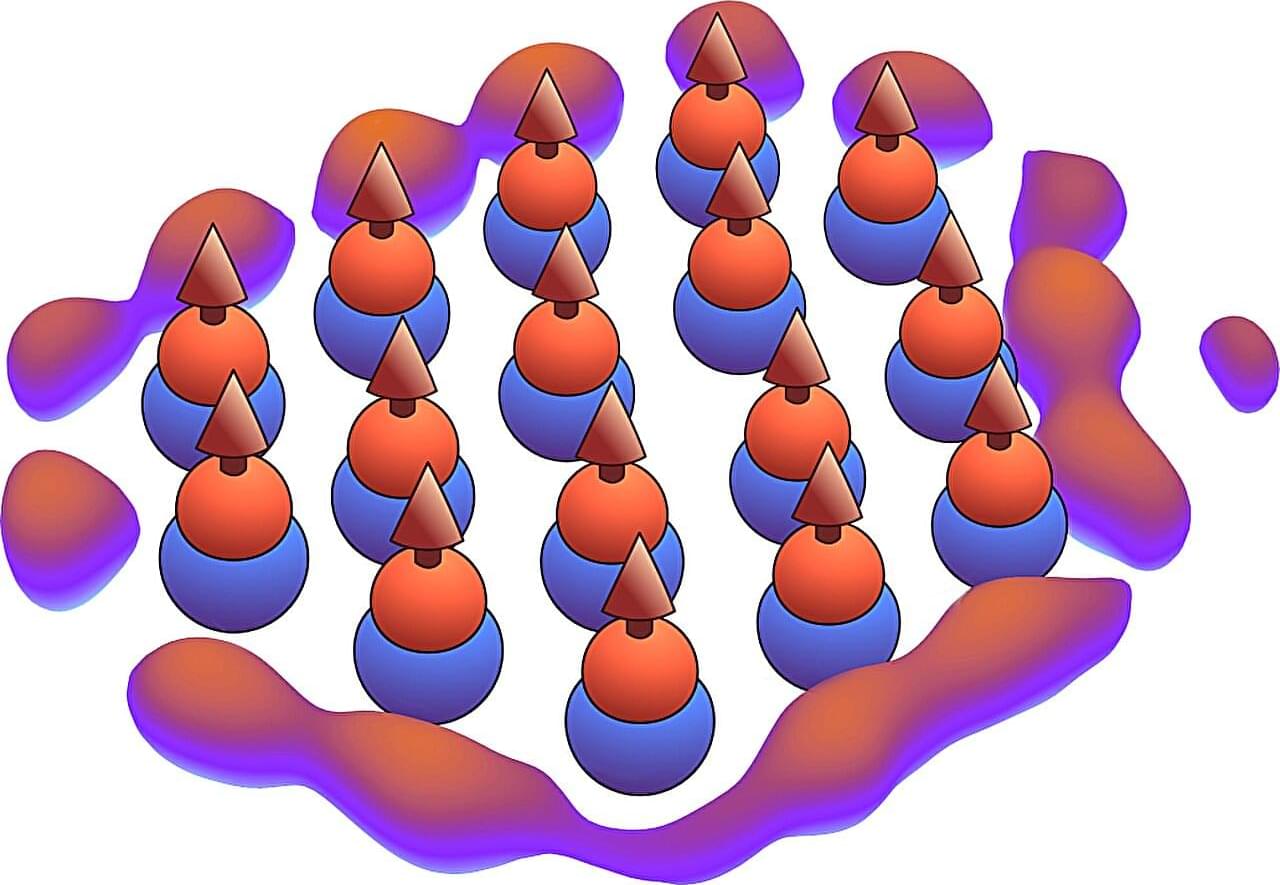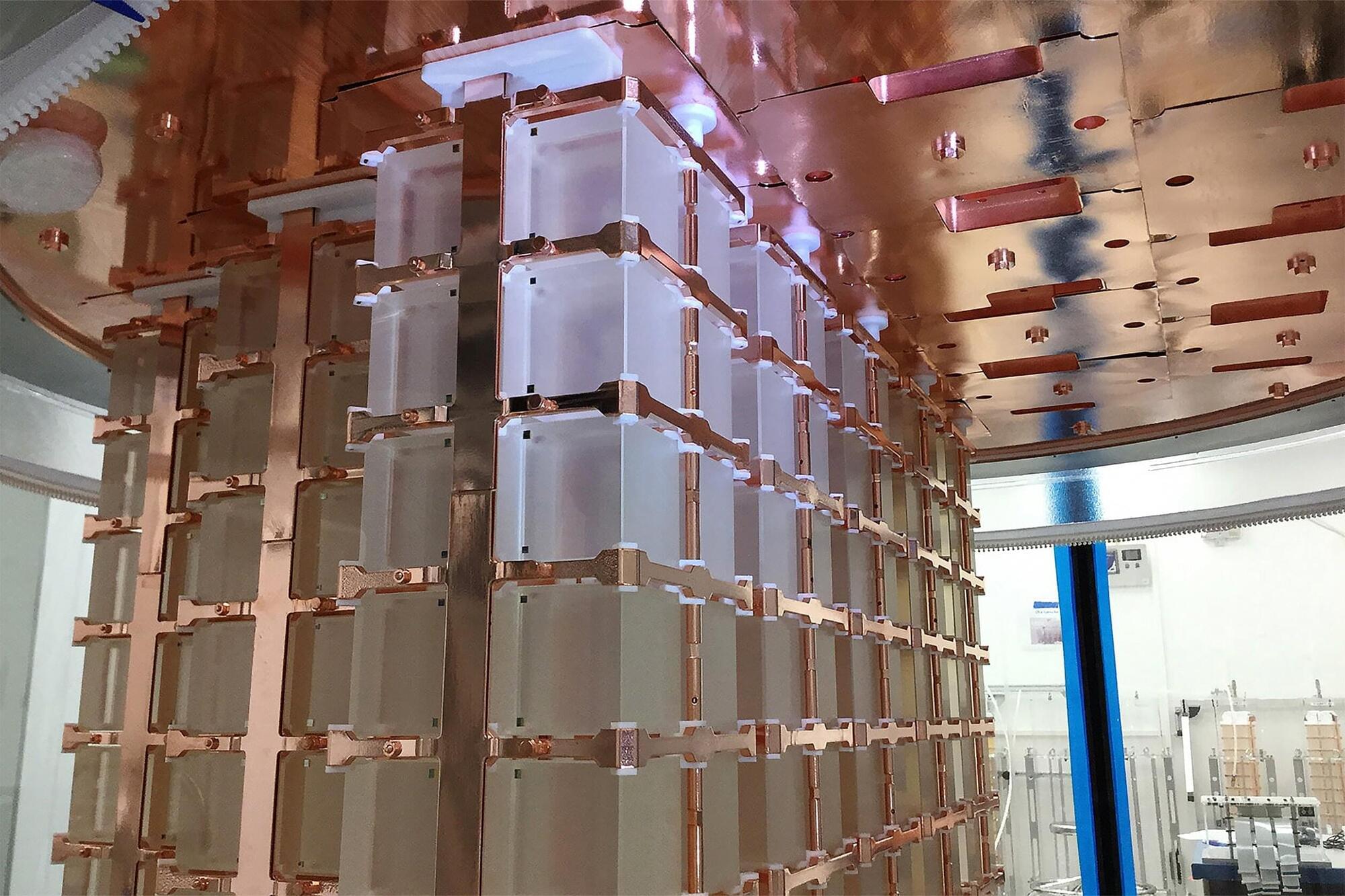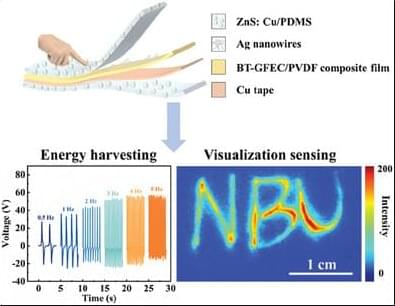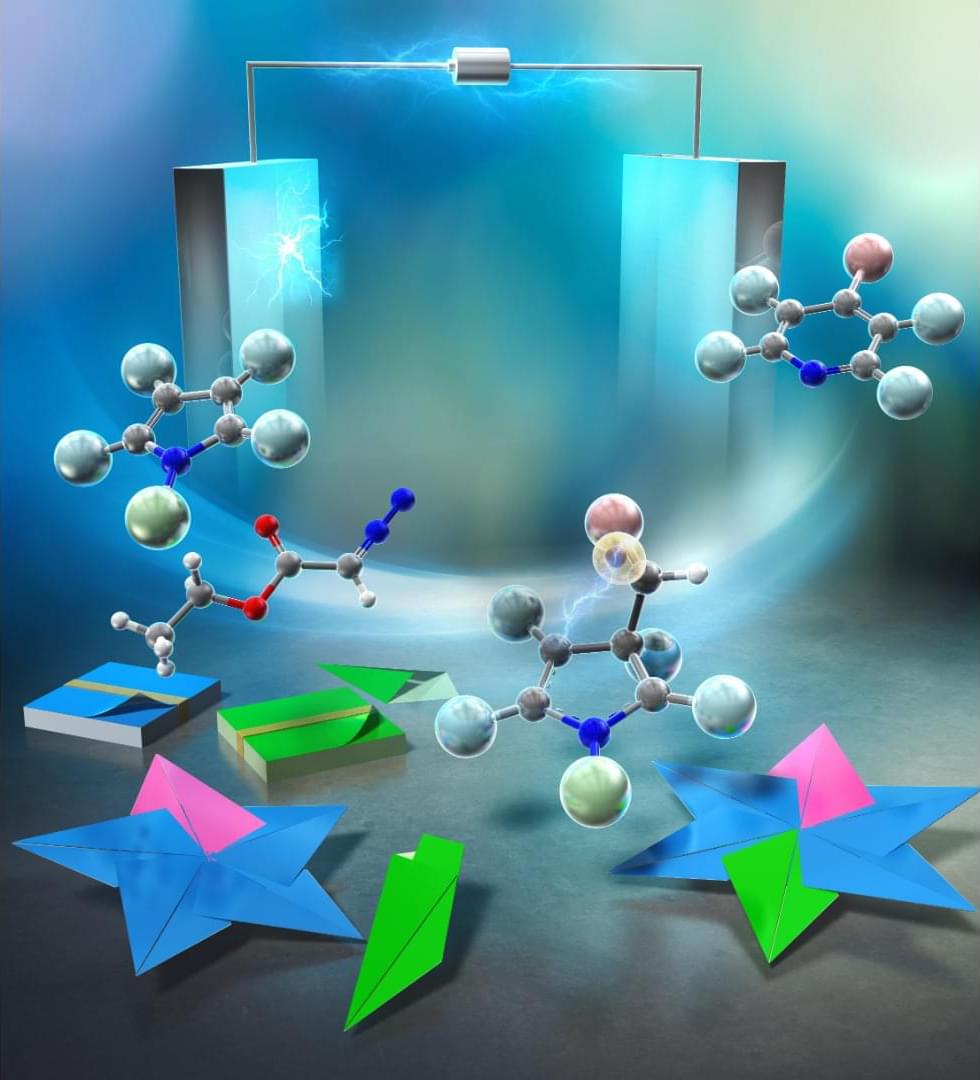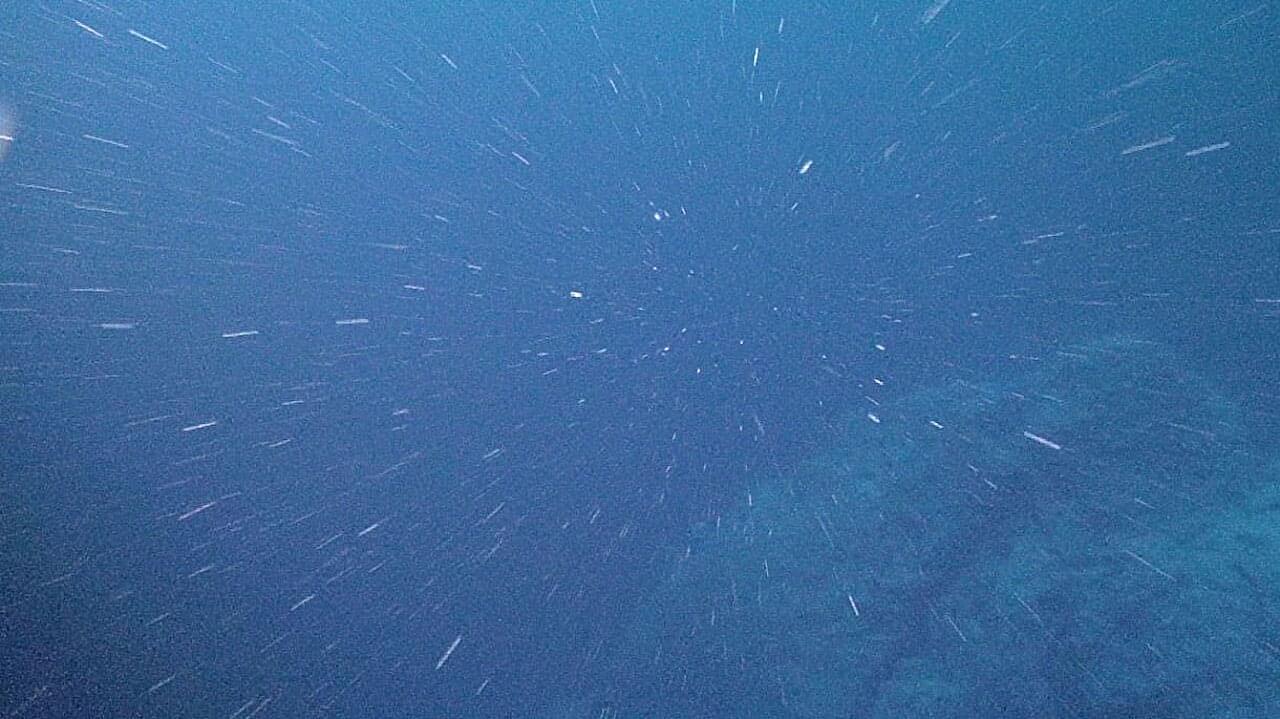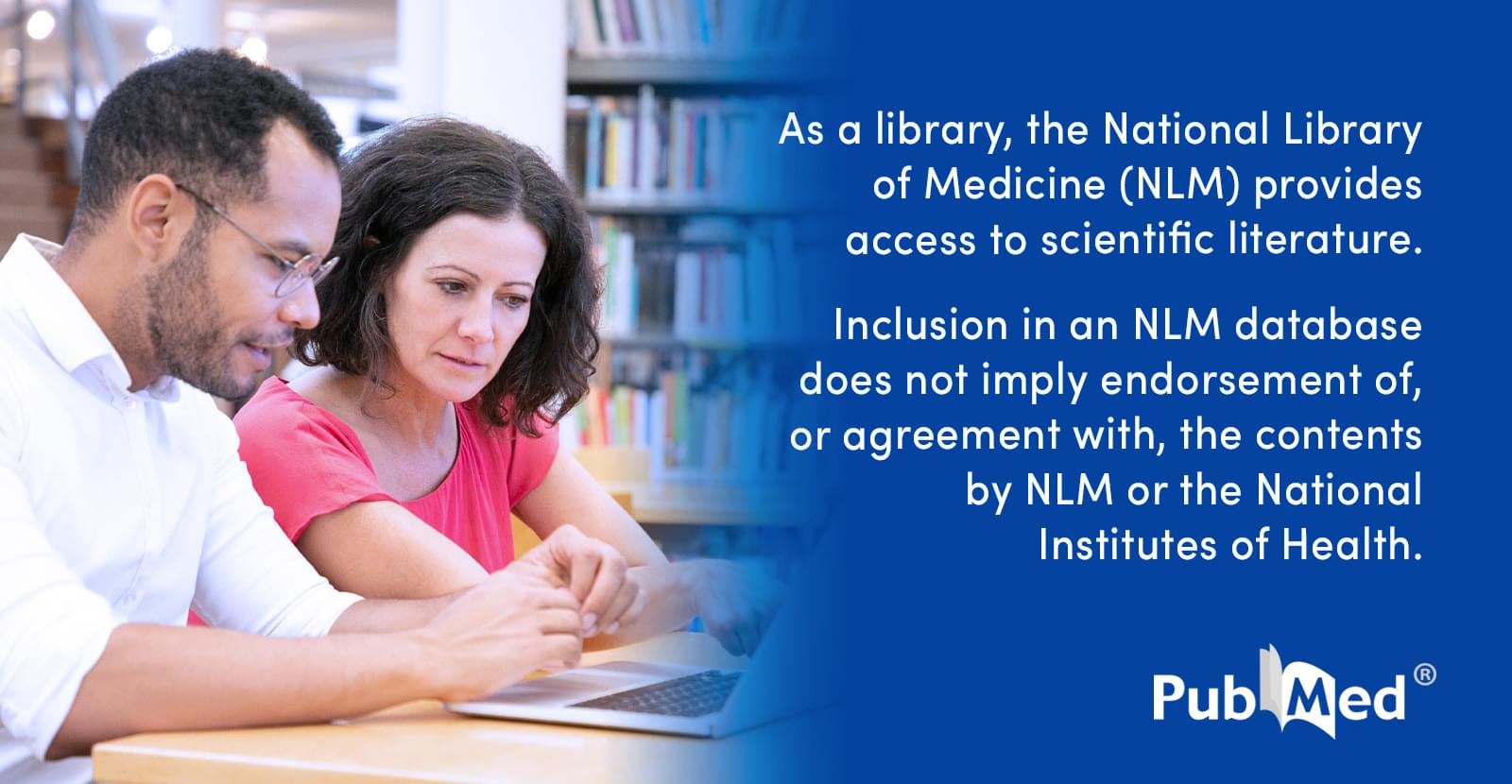Bose-Einstein condensates (BECs) are fascinating states of matter that emerge when atoms or molecules are cooled to extremely low temperatures just slightly above absolute zero (0 K). In 2023, physicists at Columbia University realized BECs comprised of ultracold molecules for the very first time.
Building on their work, another research group at TU Wien and the Vienna Center for Quantum Science and Technology recently set out to investigate the behavior of these ultracold dipolar molecules, while also exploring the possibility that they could spontaneously organize themselves into new forms of matter. Their findings, published in Physical Review Letters, suggest that new correlated states could emerge in ultracold polar molecules, showing that these states could be probed in future experiments.
“BECs of ultracold polar molecules were a decade-long goal, but have only been realized experimentally very recently,” Matteo Ciardi, co-author of the paper, told Phys.org.
